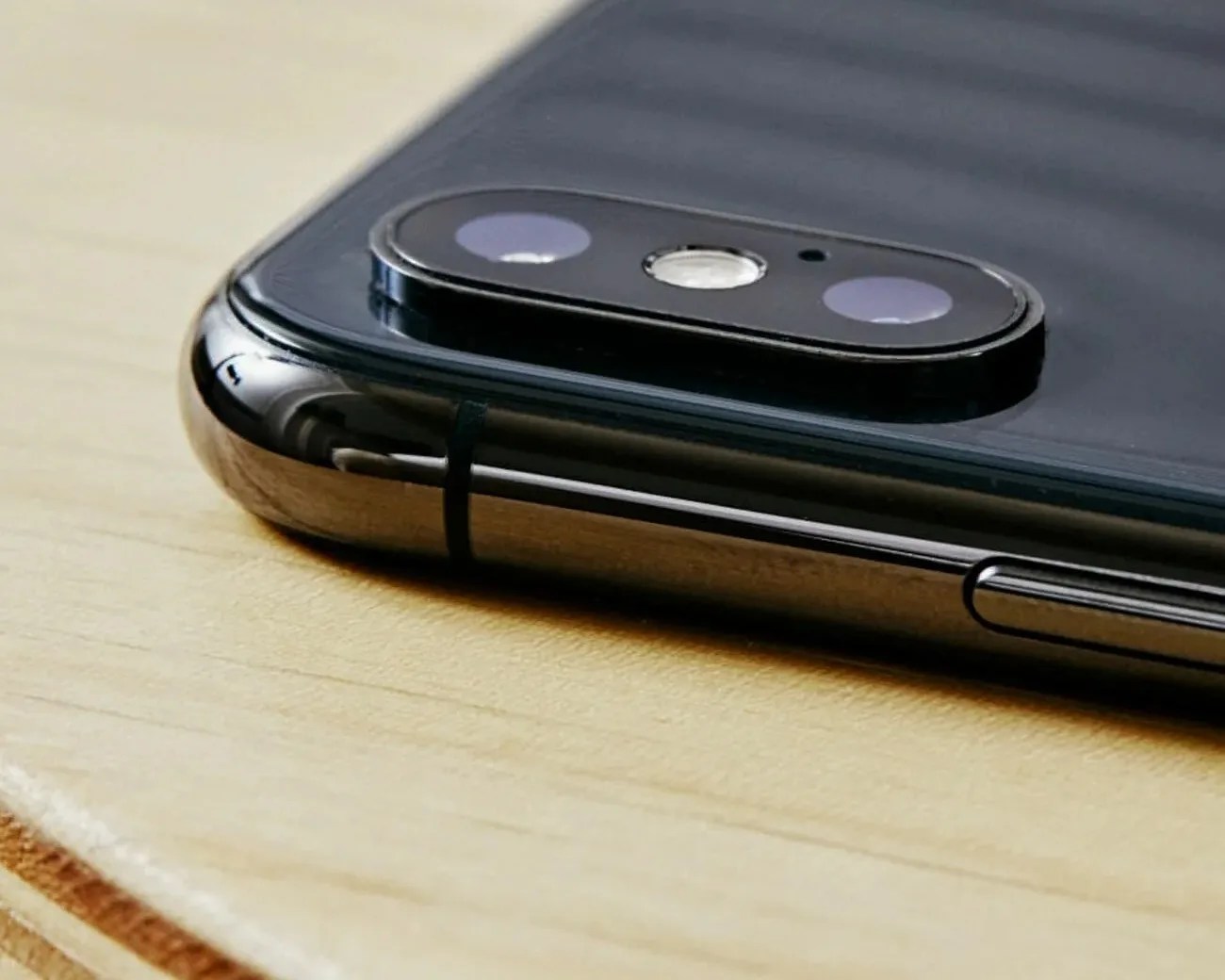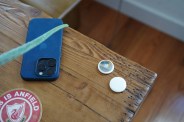For years, most smartphones have looked pretty much the same: smooth slabs of metal or glass, with a camera on the back. But there’s one crucial, subtle aspect of this simple, shared design that you may not have noticed.
Take a second and turn your phone over in your hands a few times. Can you find a few small lines of colored plastic around the edge? These are one of the most crucial bits of engineering on your pocket supercomputer, without which it could not function.
Little windows to the internet
These bits of plastic are “antenna lines,” and they actually function as tiny windows — not for light but rather radio waves that come from your phone’s internal Bluetooth, Wi-Fi and LTE/5G antennas.

These electromagnetic waves that let your phone function as an actual communication device are able to move relatively effortlessly through materials that do not conduct electricity (like plastic) but are blocked by materials that do (like metal). These subtle little bars are what transfers the data into and out of your phone.
Not all phones need these lines, of course. Phone that are already made of plastic are very transparent to radio waves. Similarly, glass will allow radio waves through, though not as readily as plastic, and phones with glass backs frequently have a metal frame, which will still contain a few small antenna lines.







